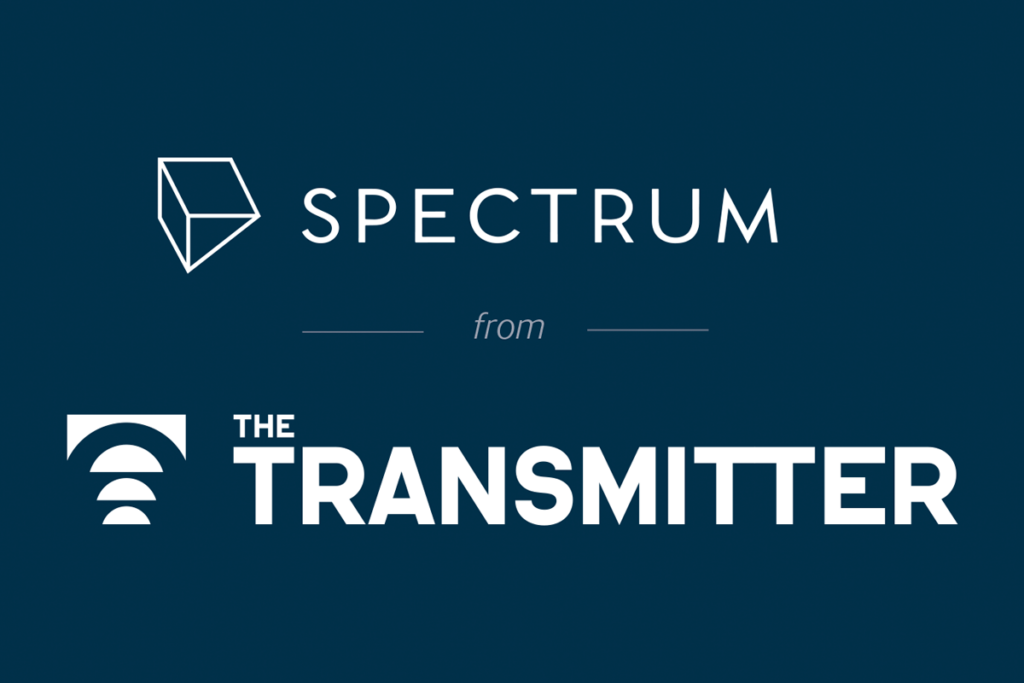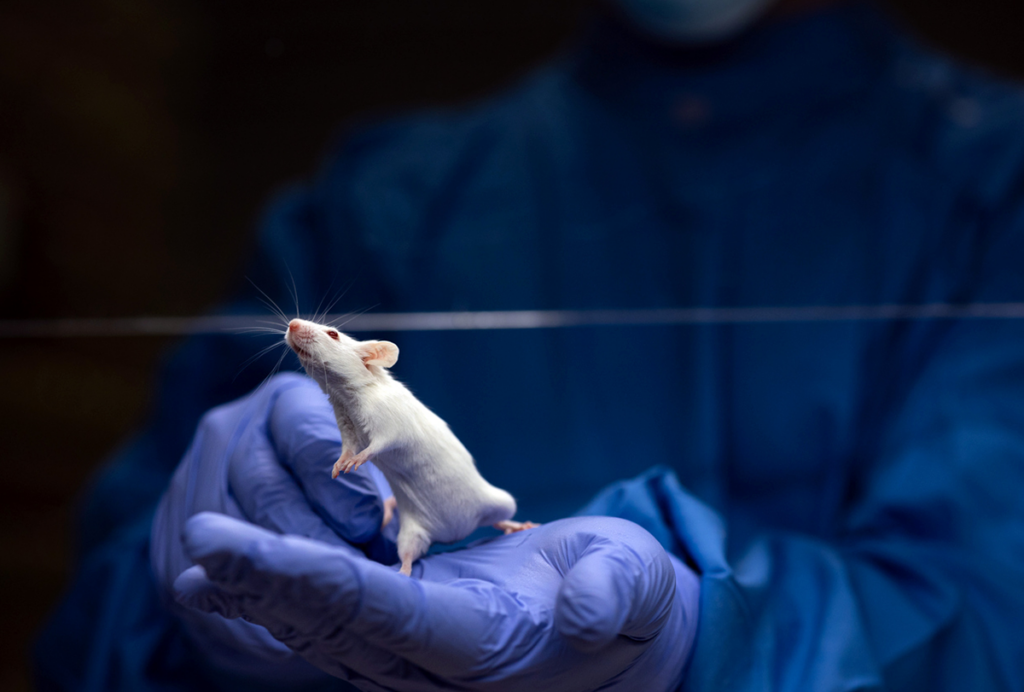IMFAR 2012
Recent articles
Brain trust
Preliminary research shows that in people with autism, oxytocin enhances activity in brain areas that process social information.

Brain trust
Preliminary research shows that in people with autism, oxytocin enhances activity in brain areas that process social information.
In autism, head growth patterns vary by gender
Girls diagnosed with autism have slower brain growth in the first year of their life than typically developing children, whereas boys’ brains grow at the same rate as those of typical children, according to a population-based study in Norway.

In autism, head growth patterns vary by gender
Girls diagnosed with autism have slower brain growth in the first year of their life than typically developing children, whereas boys’ brains grow at the same rate as those of typical children, according to a population-based study in Norway.
New report finds DSM-5 criteria unlikely to exclude many
Contrary to previous studies, preliminary results from field trials of the new criteria for diagnosing autism suggest it will capture people on the high-functioning end of the spectrum.

New report finds DSM-5 criteria unlikely to exclude many
Contrary to previous studies, preliminary results from field trials of the new criteria for diagnosing autism suggest it will capture people on the high-functioning end of the spectrum.
Early data suggest antibiotic helps treat fragile X syndrome
Preliminary results from a placebo-controlled trial of the antibiotic minocycline in children with fragile X syndrome suggest the drug alleviates some aspects of the disorder, according to research presented Friday at the International Meeting for Autism Research in Toronto.

Early data suggest antibiotic helps treat fragile X syndrome
Preliminary results from a placebo-controlled trial of the antibiotic minocycline in children with fragile X syndrome suggest the drug alleviates some aspects of the disorder, according to research presented Friday at the International Meeting for Autism Research in Toronto.
Why it’s good to share your data
Neuroscience funding has plateaued, so researchers need to squeeze every drop from existing data.

Why it’s good to share your data
Neuroscience funding has plateaued, so researchers need to squeeze every drop from existing data.
Long-term project charts methylation patterns in pregnancy
By studying pregnant women who already have a child with autism, researchers hope to understand how epigenetic changes — those that affect gene expression but don’t directly alter DNA — during pregnancy influences risk of the disorder.

Long-term project charts methylation patterns in pregnancy
By studying pregnant women who already have a child with autism, researchers hope to understand how epigenetic changes — those that affect gene expression but don’t directly alter DNA — during pregnancy influences risk of the disorder.
Giving fathers oxytocin boosts levels in babies
Two new studies on oxytocin, the so-called ‘trust hormone,’ suggest new avenues for using the drug to treat autism.

Giving fathers oxytocin boosts levels in babies
Two new studies on oxytocin, the so-called ‘trust hormone,’ suggest new avenues for using the drug to treat autism.
Explore more from The Transmitter
Psychedelics research in rodents has a behavior problem
Simple behavioral assays—originally validated as drug-screening tools—fall short in studies that aim to unpack the psychedelic mechanism of action, so some behavioral neuroscientists are developing more nuanced tasks.

Psychedelics research in rodents has a behavior problem
Simple behavioral assays—originally validated as drug-screening tools—fall short in studies that aim to unpack the psychedelic mechanism of action, so some behavioral neuroscientists are developing more nuanced tasks.
New organoid atlas unveils four neurodevelopmental signatures
The comprehensive resource details data on microcephaly, polymicrogyria, epilepsy and intellectual disability from 352 people.

New organoid atlas unveils four neurodevelopmental signatures
The comprehensive resource details data on microcephaly, polymicrogyria, epilepsy and intellectual disability from 352 people.
Can neuroscientists decode memories solely from a map of synaptic connections?
Five experts discuss the progress, possibilities and hurdles of decoding a “nontrivial” memory from an organism just by analyzing its brain connectivity patterns.
Can neuroscientists decode memories solely from a map of synaptic connections?
Five experts discuss the progress, possibilities and hurdles of decoding a “nontrivial” memory from an organism just by analyzing its brain connectivity patterns.